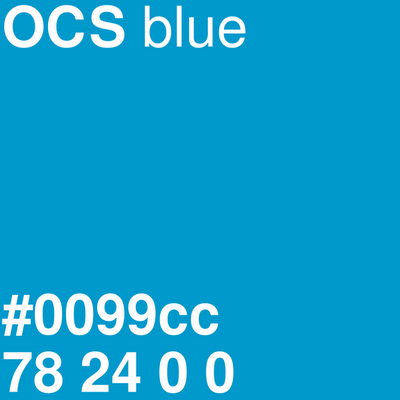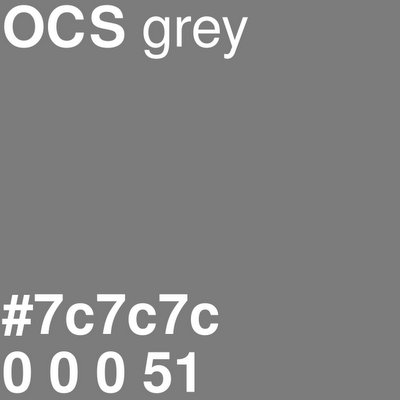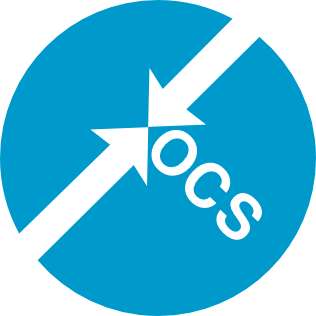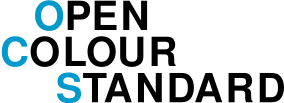I've been hunting around, trying to figure out just why it is that more designers don't use Open Source software. I've isolated a few candidates:
How does this impact Open Colour Standard? Replace the words Creative Suite with PANTONE. Replace Open Source software with Open Colour Standard. Gaining a foothold in such a closed industry is going to be difficult.
- Designers are set in their ways: Most designers already know some permutation of the Adobe Creative Suite. Why bother learning something new?
- Employability: Creative Suite is taught in design schools, most every job a design grad can hope to get post school will involve Creative Suite. It just doesn't make sense to learn anything but Creative Suite if Creative Suite is what employers install on their computers.
- Print shops: Because Creative Suite is the industry standard, print shops take the proprietary Adobe file formats. Sure, you could just send them a .pdf, but what if something goes wrong?
- Open Source optics: Most designers see Open Source programs as poor cousins to proprietary equivalents. They view programs like The GIMP as Photoshop clones instead of programs in their own rite. As long as the Creative Suite monopoly exists, it will be quite difficult for Open Source programs to gain traction.
How does this impact Open Colour Standard? Replace the words Creative Suite with PANTONE. Replace Open Source software with Open Colour Standard. Gaining a foothold in such a closed industry is going to be difficult.







